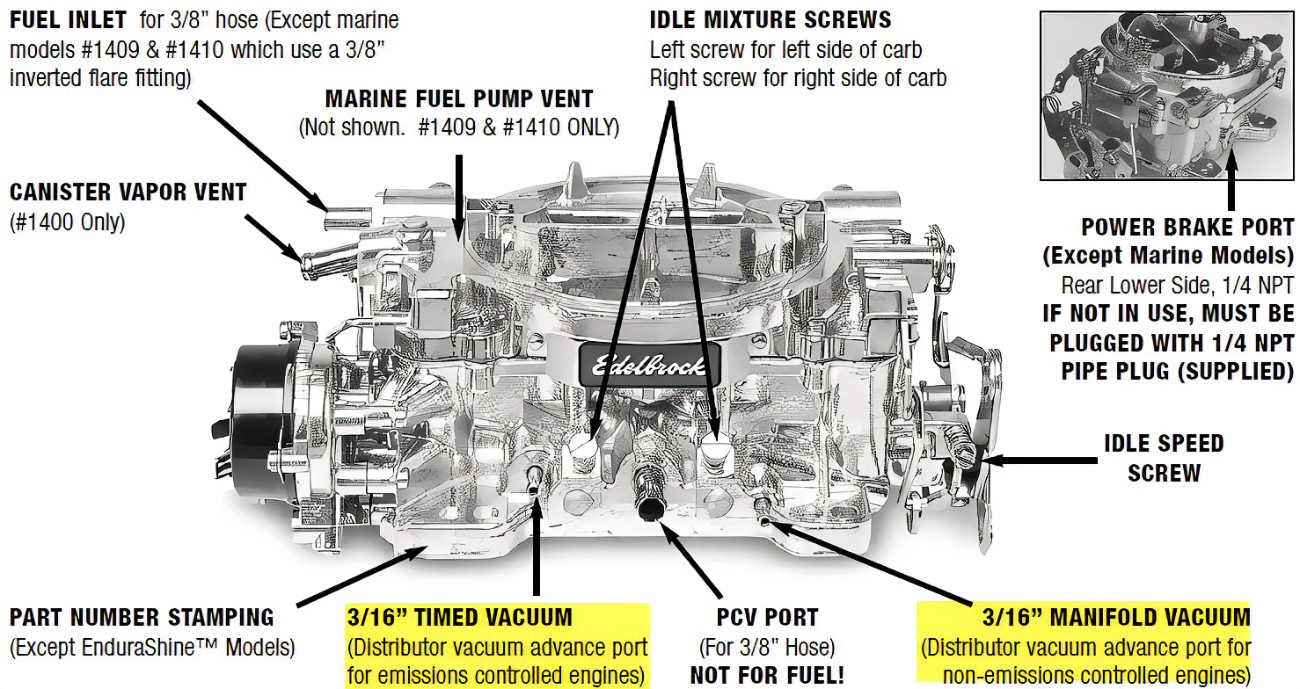4406bbl
Well-Known Member
Thank you, and yes it was in direct response to #14, I should have constructed it as a stand alone comment to avoid the drama.Geoff, if you hit +Quote and then Insert Quote on the post you agree/disagree with, it includes it in your next post. That way you don't have to keep referring to post numbers and making members go back to pages to see what you're on about.
Post #15 couldn't be taken 2 ways.
You just read it wrong and shot from the hip.
The response of "No vacuum advance is not the best for a street driven car." was correct and in direct response to post #14 which said
"What about, no vacuum advance at all?"



















